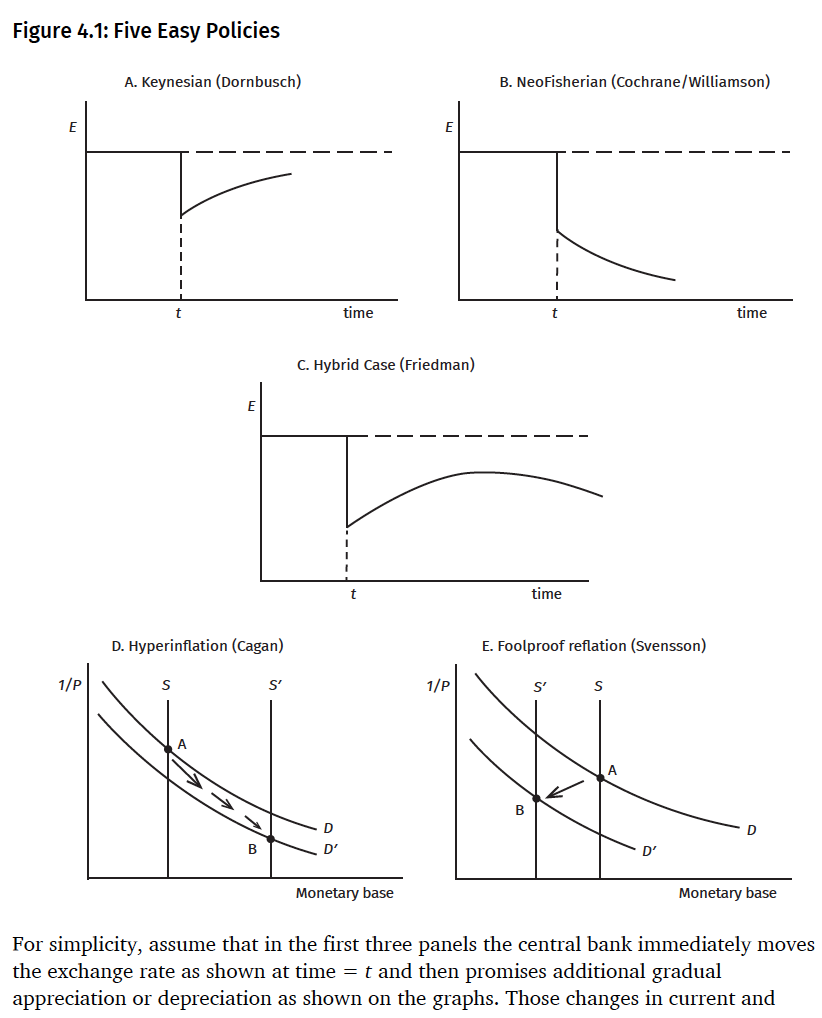In 1968, President Johnson tried to use tax increases to control inflation. The policy was a miserable failure. This policy experiment helped to launch the supply side movement. Economists like Art Laffer and Robert Mundell argued that a combination of tax cuts and monetary austerity was the best way to achieve a combination of growth and low inflation.
Now we have some progressives arguing the exact opposite, claiming that the best way to control inflation is with higher taxes and less emphasis on contractionary monetary policy. I’d prefer that we don’t use fiscal policy in either direction.
Here’s Simon Balezon and Milan Singh (at the Matt Yglesias Substack), with one of the more thoughtful pieces advocating a role for fiscal policy in fighting inflation:
The collapse of Silicon Valley Bank is in part a story of mismanagement and poor regulatory supervision, but it’s also in an important sense a consequence of the decision by the Federal Reserve and other major central banks to fight inflation by raising interest rates. Which in turn should put on the table the long-ignored question of why exactly interest rate hikes have become the world’s preferred anti-inflationary measure.
A big part of the answer is simply that raising interest rates is a thing that central banks have the legal authority to do, and there’s widespread belief that it makes sense to delegate macroeconomic stabilization to central bankers. But if you step back from that aspect of institutional design, there’s a strong argument that taxes are a superior inflation-fighting tool, one that would slow inflation in a more direct and more predictable manner. If the main problem with fiscal policy as an anti-inflationary measure is that the main inflation-fighting institution isn’t allowed to use it, then maybe optimal policy would involve adding a fiscal dimension to the Fed’s authorities.
After all there is something deeply perverse about raising interest rates to slow the economy only to flip around and do bailouts to prevent interest rates from slowing the economy too much.
I have several problems with this analysis. Let’s start with interest rates, which are a bad way to think about monetary policy. Tight money leads to slower NGDP growth, which leads to lower interest rates. So it’s a mistake to assume that an anti-inflation policy is a high interest rate policy.
Yes, a tight money policy will temporarily cause the market rate to rise about the natural rate of interest, but 90% of interest rate variation is movements in the natural rate, and the Fed reduces the natural interest rate when it adopts a tight money policy.
So then why did interest rates rise in 2022? Because the Fed had an expansionary monetary policy, leading to really fast NGDP growth. (I explain this in more detail at Econlog.)
If you want to reduce the sort of wild interest rate volatility that is occasionally associated with banking distress, then adopt NGDPLT. That won’t completely eliminate interest rate volatility, but it will greatly reduce volatility.
One counterargument is that NGDPLT has (at best) only a 10% chance of being adopted in the foreseeable future. OK, but what are the odds of this Balezon and Singh proposal:
You could imagine a set of institutional arrangements where the Fed (or any nation’s central bank) is authorized to raise or lower the VAT at its regular meetings to control aggregate demand.
Yes, I can “imagine” that. But I’d say there’s less than a 10% chance of the US adopting a VAT in the next few decades, and less than a 10% chance that Congress would give the Fed control of VAT rates if this hugely unpopular tax regime were adopted.
Of course, just because something is a difficult sell doesn’t mean it’s not worth thinking about. But as we saw in 1968, fiscal doesn’t work if monetary policy is off course. And if monetary policy is doing its job, you won’t see all the negative side effects cited by Balezon and Singh.
Let’s focus on getting a sound monetary regime (NGDPLT). If that happens and we find there are still issues to be addressed, then we can start contemplating a role for fiscal policy. Right now I fear that side effects due to bad monetary policy are wrongly seen as being the inevitable side effects of any monetary policy regime. That’s not true.


